3,5-Di-tert-butyl-4-hydroxybenzyl alcohol
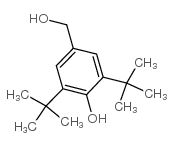
3,5-Di-tert-butyl-4-hydroxybenzyl alcohol structure
|
Common Name | 3,5-Di-tert-butyl-4-hydroxybenzyl alcohol | ||
|---|---|---|---|---|
| CAS Number | 88-26-6 | Molecular Weight | 236.35000 | |
| Density | 1.005g/cm3 | Boiling Point | 214°C 40mm | |
| Molecular Formula | C15H24O2 | Melting Point | 139-141 °C(lit.) | |
| MSDS | Chinese USA | Flash Point | 214°C/40mm | |
| Symbol |

GHS07 |
Signal Word | Warning | |
| Name | 3,5-Di-tert-butyl-4-hydroxybenzyl alcohol |
|---|---|
| Synonym | More Synonyms |
| Density | 1.005g/cm3 |
|---|---|
| Boiling Point | 214°C 40mm |
| Melting Point | 139-141 °C(lit.) |
| Molecular Formula | C15H24O2 |
| Molecular Weight | 236.35000 |
| Flash Point | 214°C/40mm |
| Exact Mass | 236.17800 |
| PSA | 40.46000 |
| LogP | 3.47950 |
| Index of Refraction | 1.519 |
CHEMICAL IDENTIFICATION
HEALTH HAZARD DATAACUTE TOXICITY DATA
MUTATION DATA
|
| Symbol |

GHS07 |
|---|---|
| Signal Word | Warning |
| Hazard Statements | H315-H319-H335 |
| Precautionary Statements | P261-P305 + P351 + P338 |
| Personal Protective Equipment | dust mask type N95 (US);Eyeshields;Gloves |
| Hazard Codes | Xi:Irritant |
| Risk Phrases | R36/37/38 |
| Safety Phrases | S26-S36 |
| RIDADR | NONH for all modes of transport |
| WGK Germany | 3 |
| RTECS | DO0750000 |
| HS Code | 2907299090 |
| Precursor 10 | |
|---|---|
| DownStream 10 | |
| HS Code | 2907299090 |
|---|---|
| Summary | 2907299090 polyphenols; phenol-alcohols。supervision conditions:AB(certificate of inspection for goods inward,certificate of inspection for goods outward)。VAT:17.0%。tax rebate rate:9.0%。MFN tariff:5.5%。general tariff:30.0% |
|
Ageing of Neurospora crassa. III. Induction of cellular death and clonal senescence of an inositol-less mutant by inositol starvation and the protective effect of dietary antioxidants.
Mech. Ageing Dev. 5(3) , 163-9, (1976) Clonal growth rate and cellular viability of an inositol-less mutant of Neurospora crassa decline rapidly during deprivation of dietary inositol. Dietary antioxidants, either nordihydroguaiaretic acid... |
|
|
The role of low levels of water in the electrochemical oxidation of α-tocopherol (vitamin E) and other phenols in acetonitrile.
Phys. Chem. Chem. Phys. 13(28) , 12745-54, (2011) The phenol, α-tocopherol, can be electrochemically oxidised in a -2e(-)/-H(+) process to form a diamagnetic cation that is long-lived in dry organic solvents such as acetonitrile and dichloromethane, ... |
|
|
Down-regulation by butylated hydroxytoluene of the number and function of gap junctions in epithelial cell lines derived from mouse lung and rat liver.
Carcinogenesis 16(10) , 2575-82, (1995) The mouse pneumotoxicant and lung and liver tumor promoter butylated hydroxytoluene (BHT) was examined for its effects on gap junctional intercellular communication (GJIC) in mouse lung epithelial (C1... |
| EINECS 201-815-6 |
| 2,6-ditert-butyl-4-(hydroxymethyl)phenol |
| MFCD00017254 |
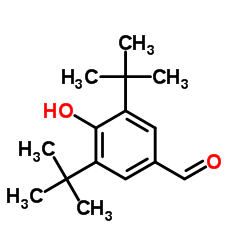 CAS#:1620-98-0
CAS#:1620-98-0 CAS#:50-00-0
CAS#:50-00-0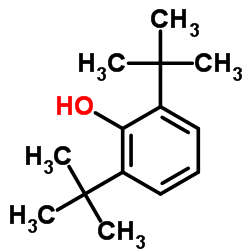 CAS#:128-39-2
CAS#:128-39-2 CAS#:64-19-7
CAS#:64-19-7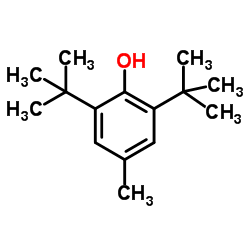 CAS#:128-37-0
CAS#:128-37-0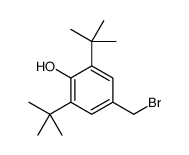 CAS#:2091-51-2
CAS#:2091-51-2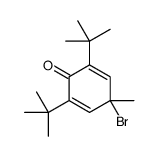 CAS#:1669-36-9
CAS#:1669-36-9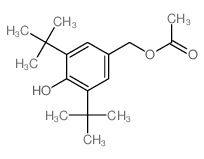 CAS#:14387-17-8
CAS#:14387-17-8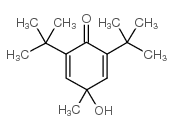 CAS#:10396-80-2
CAS#:10396-80-2![4,4',4''-[nitrilotris(methylene)]tris[2,6-bis(1,1-dimethylethyl)phenol] Structure](https://www.chemsrc.com/caspic/237/752-60-3.png) CAS#:752-60-3
CAS#:752-60-3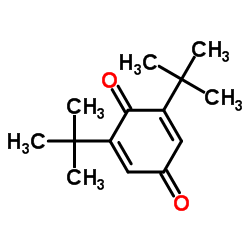 CAS#:719-22-2
CAS#:719-22-2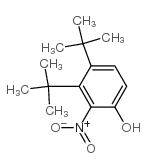 CAS#:728-40-5
CAS#:728-40-5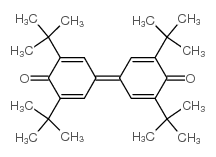 CAS#:2455-14-3
CAS#:2455-14-3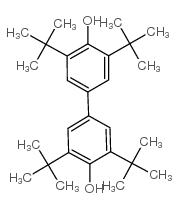 CAS#:128-38-1
CAS#:128-38-1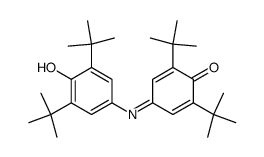 CAS#:4610-03-1
CAS#:4610-03-1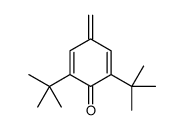 CAS#:2607-52-5
CAS#:2607-52-5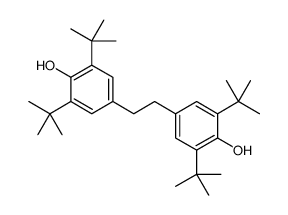 CAS#:1516-94-5
CAS#:1516-94-5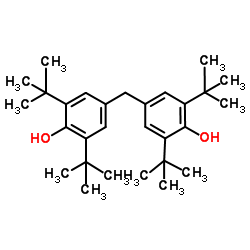 CAS#:118-82-1
CAS#:118-82-1